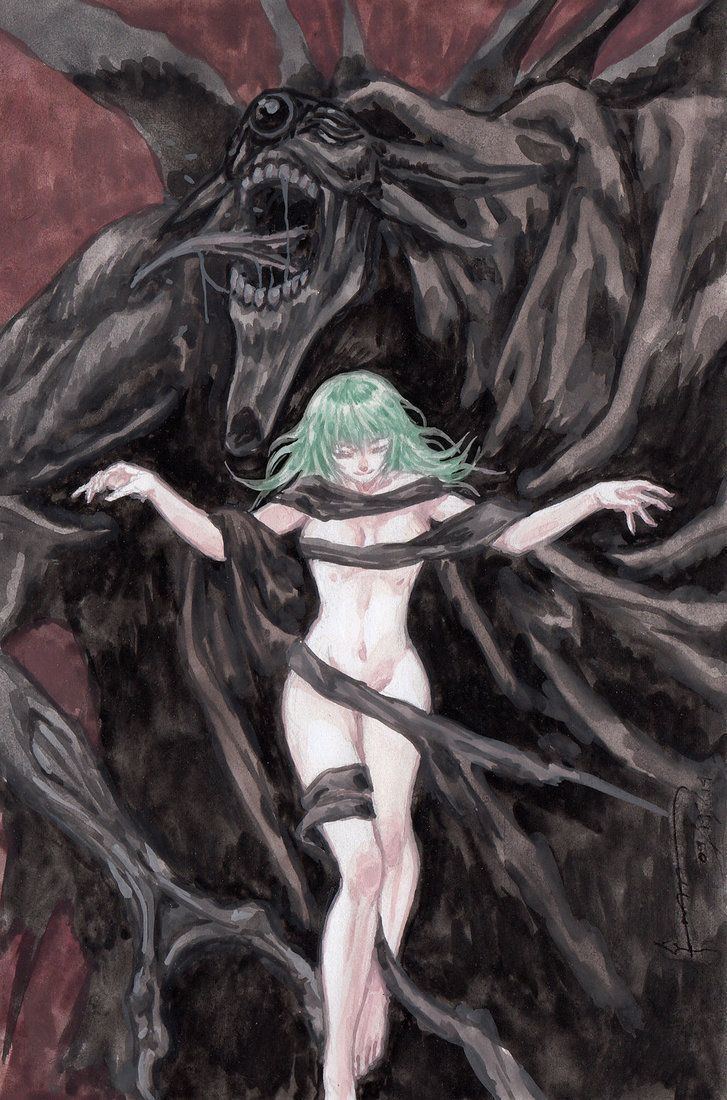First Mentioned 1786 Similar Creatures Ogre Movie Insidious | Mythological Origin Middle East Introduced by William Thomas Beckford | |
 | ||
Abilities Preys on young children, Seduces humans, Steals coins, Shape-shifts into an ostrich, Eats the dead, Drinks blood Similar Goblin, Eren Yeager, Frankie Stein, Kirito, Wendigo | ||
Tokyo ghoul character theme songs
A ghoul is a monster or evil spirit in Arabic mythology, associated with graveyards and consuming human flesh. The term was first used in English literature in 1786, in William Beckford's Orientalist novel Vathek, which describes the ghūl of Arabic folklore. In modern fiction, the term has often been used for a certain kind of undead monster. By extension, the word ghoul is also used in a derogatory sense to refer to a person who delights in the macabre, or whose profession is linked directly to death, such as a gravedigger or graverobber.
Contents
- Tokyo ghoul character theme songs
- Best of clawdeen wolf monster high
- Early etymology
- Middle Eastern folklore
- In popular culture
- References

Best of clawdeen wolf monster high
Early etymology
Ghoul is from the Arabic and غول ghūl, from غال ghala, "to seize". The word is etymologically related to the word galla, the name of a class of Underworld demons from Sumerian and Akkadian mythology.
Middle Eastern folklore

In ancient Arabian folklore, the ghūl dwells in burial grounds and other uninhabited places. The ghul is a fiendish type of jinni believed to be sired by Iblis.
A ghoul is also a desert-dwelling, shapeshifting, demon that can assume the guise of an animal, especially a hyena. It lures unwary people into the desert wastes or abandoned places to slay and devour them. The creature also preys on young children, drinks blood, steals coins, and eats the dead, then taking the form of the person most recently eaten.
In the Arabic language, the female form is given as ghoulah and the plural is ghilan. In colloquial Arabic, the term is sometimes used to describe a greedy or gluttonous individual.
In popular culture
It was not until Antoine Galland translated Arabian Nights into French that the western idea of Ghoul was introduced. Galland depicted the Ghoul as a monstrous creature that dwelled in cemeteries, feasting upon corpses. This definition of the Ghoul has persisted until modern times, with Ghouls appearing in literature, television and film, as well as video games.
